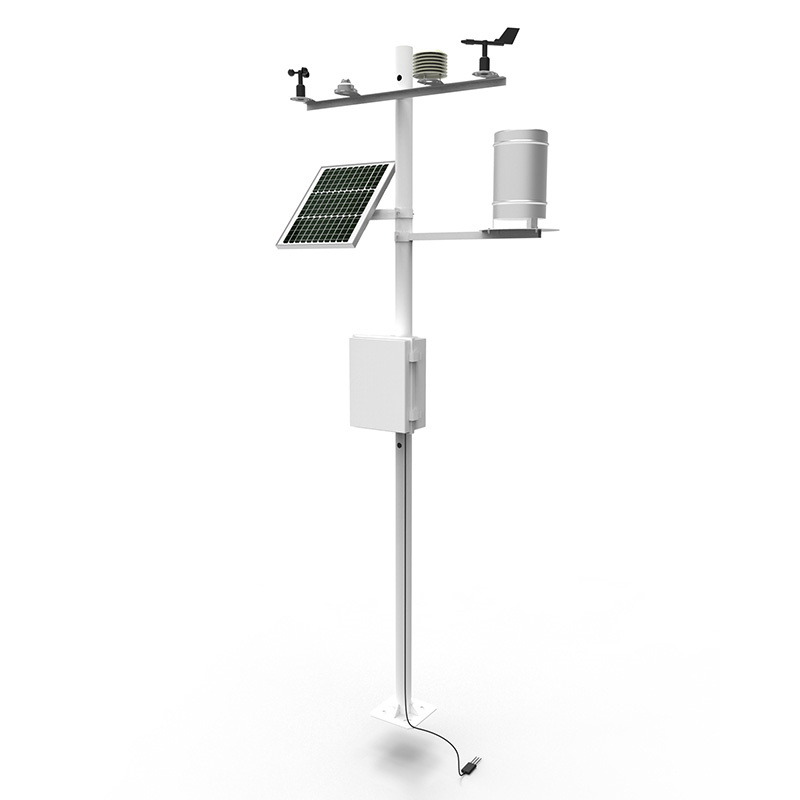Meteorological environment monitoring equipment supplier
Insist on doing high-precision customer favorite technology products
Agricultural environmental monitoring is the process of monitoring and measuring the values of some indicators of agricultural environmental quality (air temperature and humidity, light, carbon dioxide concentration, soil moisture, pm2.5, etc.). In the agricultural production scene, various instruments are used to set a large number of sensor nodes in the field intermittently or continuously in a certain period of time to form a monitoring network.
The agricultural environment monitoring system generally adopts wireless network technology for transmission, and uses the Internet of Things environmental monitoring system to intelligently integrate high-precision sensors such as temperature sensors, humidity sensors, PH sensors, light sensors, and CO2 sensors to monitor physical parameters such as temperature, relative humidity, PH value, light intensity, soil nutrients, and CO2 concentration in the environment. In order to obtain the best conditions for crop growth.
Classification of agricultural environmental monitoring systems
In the agricultural environment monitoring system, agricultural breeding scenes are mainly classified as the basis, generally divided into indoor scenes and outdoor scenes.
In the indoor agriculture scene, the planting industry is mainly dominated by conventional greenhouses, film greenhouses, winter warming greenhouses and high-end glass greenhouses, as well as thermal insulation boards for mushroom, shiitake mushroom, pleurotus eryngii and other fungi cultivation. The aquaculture industry mainly consists of freshwater fish ponds, shallow sea cages and corrals.
To sum up, the application of the agricultural Internet of Things is to install a large number of sensor nodes in the fields and farms to form a monitoring network, collect environmental information through various sensors, and transform the invisible environment into accurate data, so as to help farmers find problems in time, accurately determine the location of the problem, and quickly make relative planting operations.
In this way, agriculture will gradually shift from a human-centered production mode that relies on isolated machinery to an information and software-centric production mode that uses a large number of automated, intelligent, and remotely controlled production equipment. In recent years, with the proposal of ecological environmental protection, environmental monitoring instruments have also ushered in a stage of rapid development. Water quality environmental monitoring stations and atmospheric environmental monitoring stations around the world have made great progress, and agricultural environmental monitoring is the key development direction of future smart village construction.
